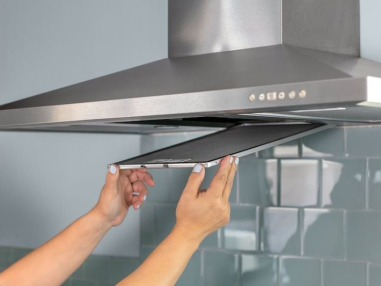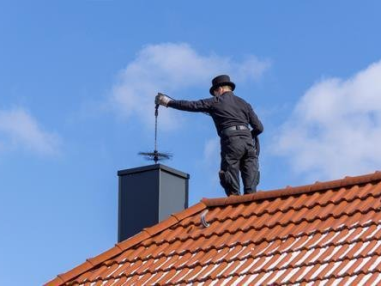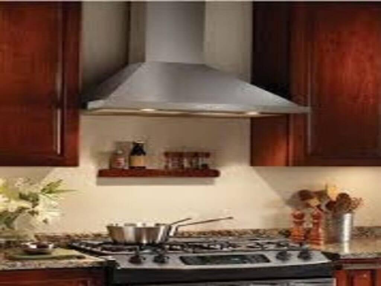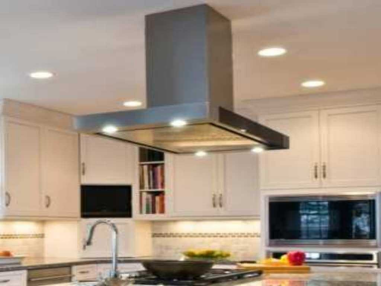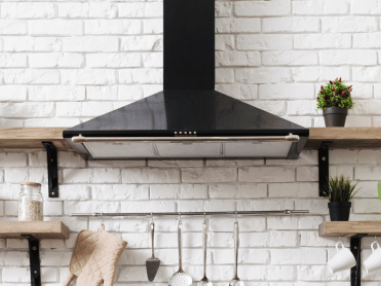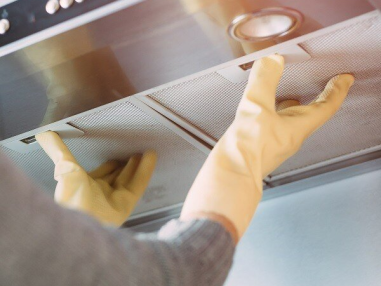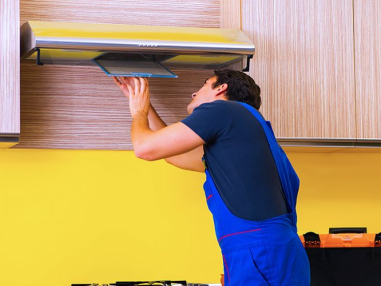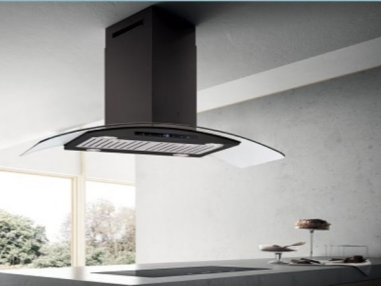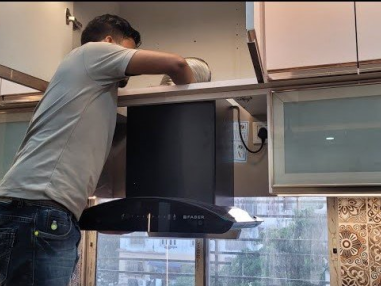Basic/Wall Mounted Chimney Repair
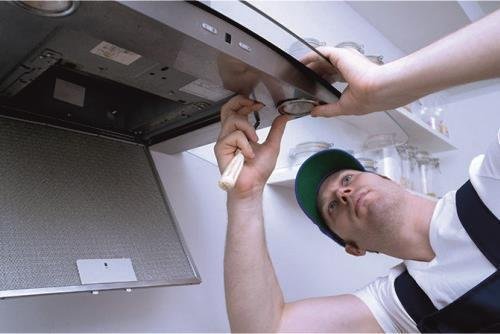
Wall-mounted chimneys can be trickier to repair than their table-top counterparts due to concealed plumbing and potential weight-bearing issues. Here's a breakdown to help you decide whether to tackle a basic wall-mounted chimney repair yourself
Suitable for Basic Wall-Mount Chimney Repair (if you have):
Strong Plumbing Knowledge: Understanding how the chimney's exhaust vents and electrical components work is crucial.
Experience with Wall-Mounted Fixtures: Prior experience installing or repairing wall-mounted fixtures (bathroom cabinets, shelves) is beneficial.
Advanced Tools: You'll likely need a drill, level, multimeter (for electrical checks), screwdrivers, wrenches, and possibly a sealant for minor leaks (check the
manual for appropriate type).
Basic Repairs Suitable for (depending on severity):
Loose Chimney Body: Tighten the mounting screws or bolts that secure the chimney body to the wall frame. Ensure the wall can support the weight of the chimney.
Light Bulb or Filter Replacement: Most chimneys use standard light bulbs and washable filters. Refer to the manual for replacement instructions.
Loose Control Panel: Tighten any screws securing the control panel to the wall mount.
Important Considerations for Wall-Mount Chimney Repair:
Electrical Safety: If the repair involves any electrical components, ensure the power is off at the breaker box before proceeding.
Weight Support: Wall-mounted chimneys can put stress on the wall. If the chimney feels loose or the wall shows signs of damage, don't attempt a DIY repair. Call a professional to assess the situation.
Limited Scope: These tips are for basic repairs. If the problem involves malfunctions with the motor, exhaust system, or complex electrical issues, call a
professional.
When to Call a Professional Plumber or Appliance Repair Technician:
Electrical Issues: If your repair involves troubleshooting electrical components, especially if you're uncomfortable working with electrical systems, call a
qualified appliance repair technician.
Leaking Ducts or Hood: Leaks can indicate damaged venting or a faulty connection. A professional can diagnose the source and ensure proper repairs to prevent moisture damage.
Loud Noises or Unusual Odors: These issues can signify motor problems, malfunctioning fans, or a blockage in the exhaust system. A professional can diagnose and fix the issue to maintain proper ventilation and safety.
Extensive Repairs or Modifications: If the repair requires extensive work on the venting system, electrical components, or modifications to the wall structure, call
a professional for a safe and guaranteed repair.
